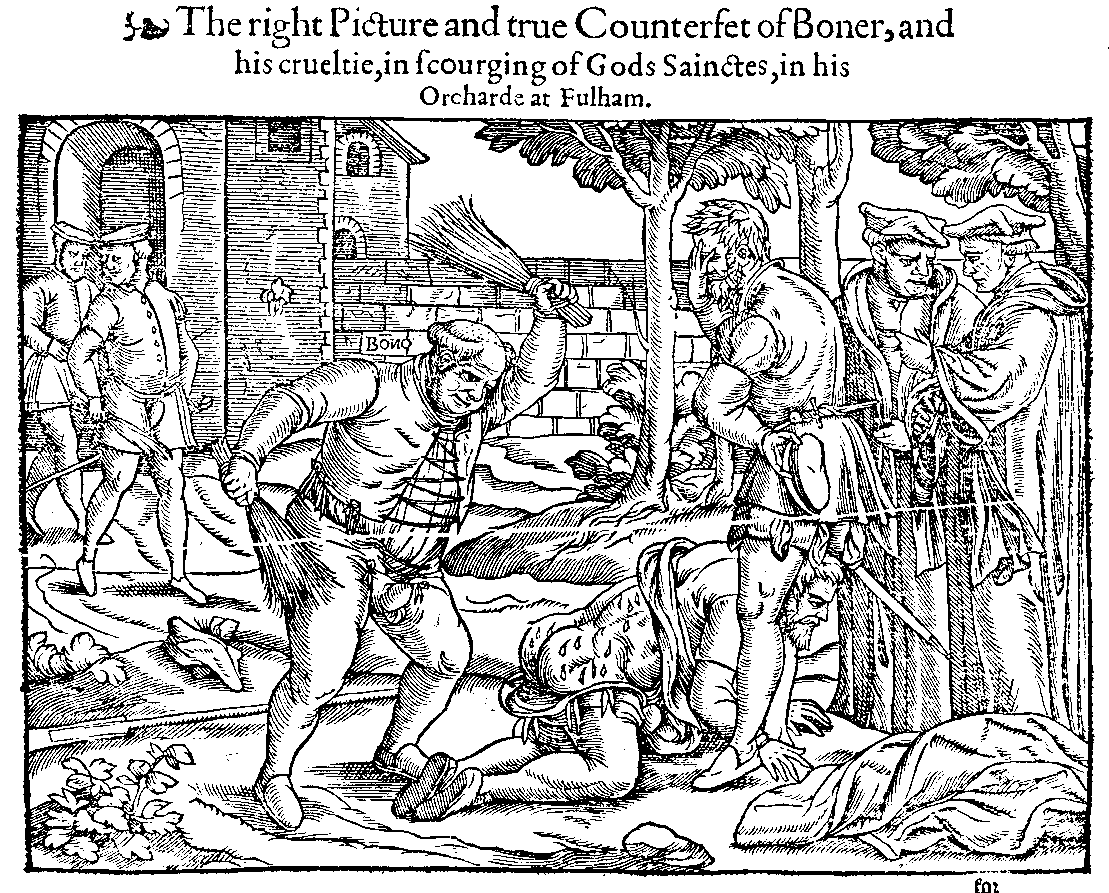The Terrifying Coldness of St. Agnes
In early modern literature, the powerful, dominating female is frequently depicted as a temptress, an agent of evil, enticing her victims to ruination, but torment and destruction can come at the hands of the virtuous as easily as at those of the wicked. A man loses his head to the righteous Judith just…

“Hudibras” and the Puritan Mindset
If matrimony and hanging go By dest’ny, why not whipping too? (Samuel Butler, Hudibras. The Second Part, London, 1664), p. 60; 2.1, ll. 839–40). ‘Marriages’, Lyly says, ‘are made in heauen, though consumated in earth’ (John Lyly, Euphues and his England, London, 1580, p. 129), and Eliot renders the French proverb, ‘Qui doibt pendre ne…
The Genealogy of Masochism
Krafft-Ebing’s derivation of sadism and masochism from the names of Sade and Sacher-Masoch (Richard von Krafft-Ebing, Psychopathia Sexualis: eine Klinisch-Forensische Studie, 1886; edition used, 1894, p. 11) may not be fully analogous to Freud’s appropriation of the name of Oedipus, but still less can the relationship between Sade and Sacher-Masoch…
The Dominatrix in Early Modern Times
Saint Jerome tells a queer story of a Christian captured by the Romans. To destroy his soul, rather than his body he was (as the Catholic translation of 1630 has it) taken and … led aside into a most delicious garden & there in the middest of pure lyllies, and blushing roses, (where also a…
Homoeroticism in Foxe’s Book of Martyrs
Unlike Catholic suffering, which (at least in its monastic context, where penance went hand in hand with chastity) was frequently overtly linked with sexuality, Protestant suffering generally relates to sex only obliquely. Whereas, for example, Anthony of Padua’s biographer explicitly traces the saint’s determination to eradicate sexual desire by m…

Sexual flagellation in early modern times
Foucault’s claims about the frankness and tolerance of early modern discourse (Michel Foucault, Histoire de la Sexualité 1: La Volonté de Savoir, Paris, 1976, p. 9.) are echoed by Toulalan, who says, ‘feelings of shame in desiring to be whipped to achieve…

John Bunyan
Given that Bunyan accepts the premises of a God who can actually bestow an eternity of bliss on the chosen and a devil who will eternally torture the condemned it makes good sense for him to submit to the metaphorical ‘rod’ of his Lord for the sake of the salvation of his soul. The belief…

Epicureanism and sedition
Misconceptions about Epicureanism were rife during the early modern period. The most deep-rooted and persistent misconception of all was the equation of Epicureanism with hedonism. Despite the sixteenth-century ‘“rehabilitation” of Epicurus by Valla, Erasmus, Ficino, and Landino (among others)’, and the fact that ‘Montaigne and Burton among others …
On Mary Wroth’s _Urania_
Mary Wroth's Urania (London, 1621) poses profound problems for feminist critics; here we have the first major full-length work of fiction in English by a woman and it contains some of the most graphically sadomasochistic scenes of male domination and female submission that the seventeenth century has to offer. ‘What, then, to make of this…

On Sexual Flagellation
Foucault analyses modern sexual identities as social constructs of fairly recent (mainly nineteenth-century) origin. He contends that, 'At the beginning of the seventeenth century there was still a certain frankness. Sexual practices were hardly kept secret ... people had a certain tolerant familiarity with the illicit' (Histoire de la Sexualité 1:…

